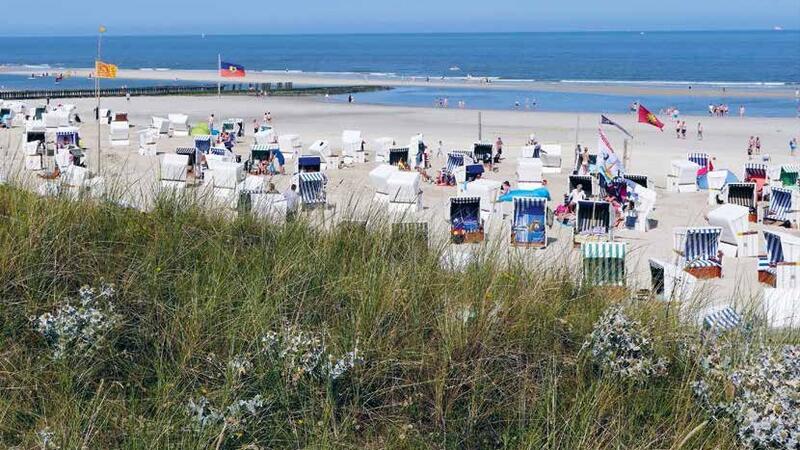New guideline helps destinations to recognise boundaries of tourism and preserve values of the World Heritage Site

The Wadden Sea World Heritage Site is a key component of tourism offer on the North Sea coast between Den Helder and Esbjerg. A large part of the population makes their living from tourism. Without intact nature, tourism in the region is unimaginable. At the same time, however, tourism can also severely disrupt nature and the social interaction of inhabitants. As is so often the case, it all depends on the right balance. When the limit is exceeded can hardly be expressed in rigid numbers. It depends very much on the nature, the protection goals, as well as the people at the respective location.
In the framework of Interreg project PROWAD Link and together with the NIT, WWF has developed the "Wadden Sea Tourism Radar" – a method to help destinations identify in time when and in which areas this limit is being reached.
The radar is a tool that can be used to inquire, along defined criteria, whether current tourism activities at the study site are negatively impacting habitat quality for people, animals and plants and endangering those values for which the Wadden Sea has been recognized as a World Heritage Site. If this is the case, the degree of impairment is determined and appropriate measures are agreed upon to return to a healthy level.
In this way, the "Wadden Sea Tourism Radar" – available in English and German – can and should serve as a navigation aid on the course towards sustainability and nature compatibility in tourism.
On 28 October 2022, a webinar was held in English and German presenting the Radar in detail. The presentation was recorded and can be viewed below:
The Wadden Sea Tourism Radar was developed in the framework of the Interreg Vb PROWAD Link project and was funded by the European Regional Development Fund as well as the Bingo! project funding and the Tourism Cluster Schleswig-Holstein.
